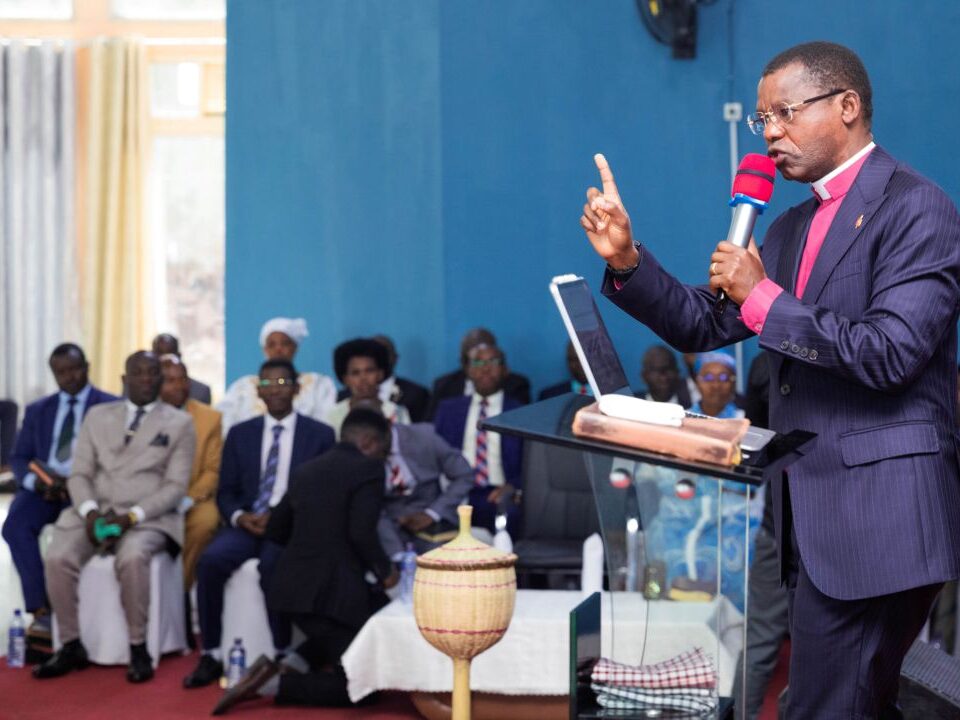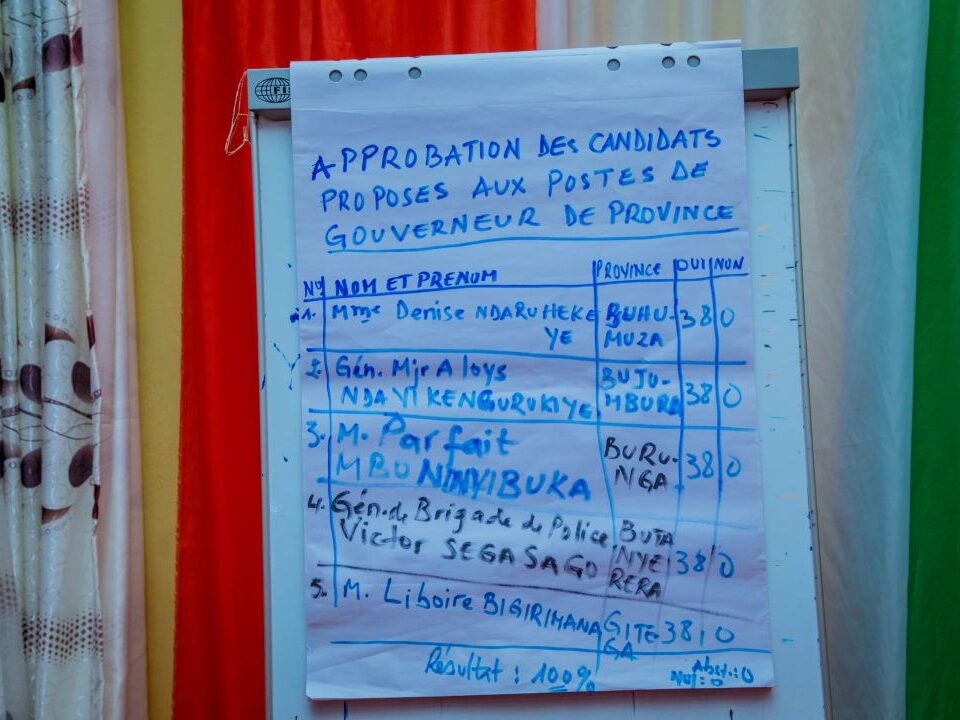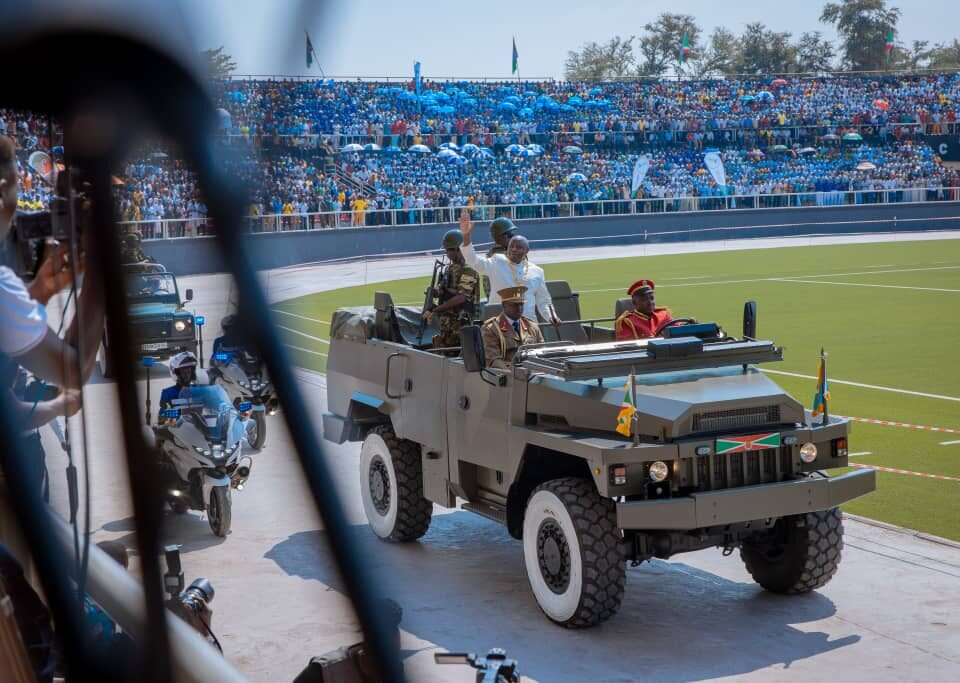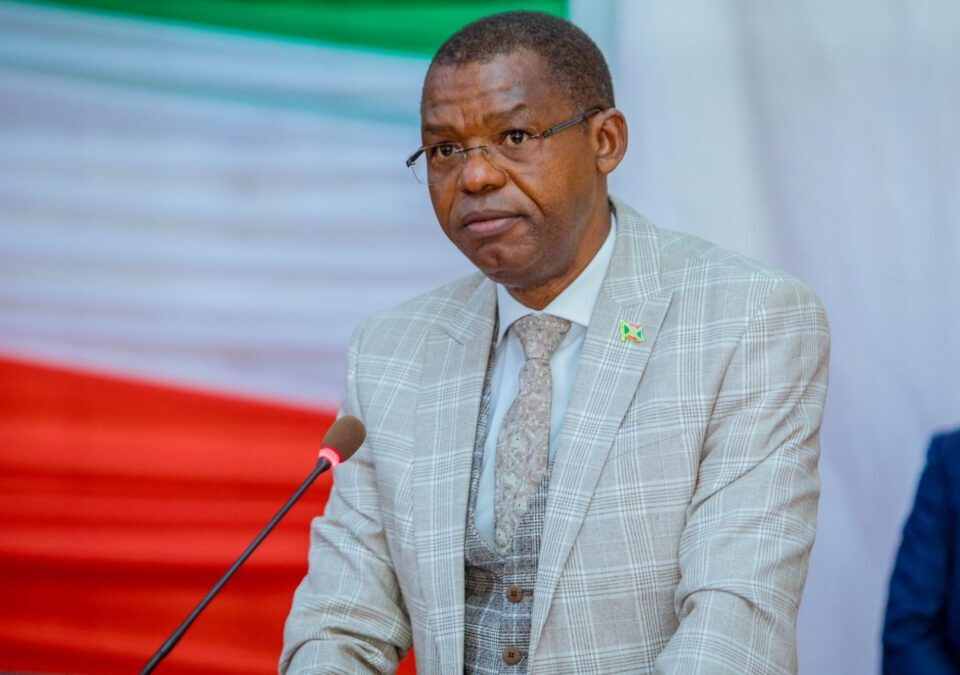- This website provides information on the various activities of the Senate of Burundi.
- (+257)22-40-50-08
- (+257)22-40-50-23
- info@senat.bi
The massacres perpetrated against the Bahutu in 1972-1973 in Burundi, qualified as genocide
The TRC delegation received in audience by the Senate Speaker
December 15, 2021Burundians urged to fighting against the Corona virus
January 2, 2022The Parliament of Burundi in congress on Monday, December 20, 2021, at Kigobe hemicycle in Bujumbura town, followed and adopted the progress report of the Truth and Reconciliation Commission (TRC) 2021 on the massacres committed against the Bahutu ethnic group in 1972-1973 in Burundi.
In his presentation, Ambassador Pierre Claver Ndayicariye, President of the TRC, focused on understanding the remote and immediate origins of the human rights violations committed in 1972 in Burundi, their planning and execution, the in-depth analysis of their complex impact based primarily on accounts collected and evidentiary documents, as well as their qualification and typology.
According to the TRC report, a harmful political and social climate was established in Burundi after the arrival of the colonizer, who introduced types of injustice based on racist theories in vogue at the time, on the inequality of races, radically blocking all the social, political and economic advantages of the Bahutu, particularly the country’s governing bodies, education, etc. This created a gap between the Bahutu and the Batutsi.
The oral testimonies that the TRC collected during its visits in Gitega, Karusi, Makamba, Rumonge, Bururi, Bujumbura Mairie, Muyinga, Kirundo, Muramvya and Mwaro provinces, archives such as the official newspaper, “Bulletin Officiel du Burundi” (BOB), official correspondence and decisions, as well as facts and events, confirm to the meticulous preparation of the massacres.
This report explains that the methods of execution were of a macabre imagination: strangulation, use of sharp bamboo, victims buried alive, mutilation of bodies, tying up and suffocating with smoke, death by exposure to the sun, deprivation of food, strangulation, asphyxiation, disemboweling of fetuses, shootings, sinking, use of sledgehammers, fires and burns, beatings, use of bayonets and daggers, cutting with machetes, crushing by trucks, crucifixion, mutilation of corpses, etc.
Ambassador Pierre Claver Ndayicariye indicated in his presentation that the responsibilities of the stakeholders involved in these human rights violations committed in Burundi in 1972-1973 under the power of Michel Micombero are incumbent upon state and non-state institutions, with the institution of the Head of State at the top of the pyramid, followed by the designers, the planners and the direct or indirect executors found at the different levels of the administration, as well as the army, from the staff to the ordinary soldiers, the council of war, the judiciary, the judicial police, as well as the press of that time through the Voice of the Revolution, “Flashinfor” and “Burinfor”.
Pierre Claver Ndayicariye’s presentation also proved that the TRC proceeded to the exhumation of mass graves, in order to provide tangible evidence of the massacres, to rehabilitate the victims in their dignity and to honour their memory.
This report shows that after these selective killings, families of the victims were stigmatised and marginalised, as they were labelled as widows and orphans of traitors: ‘abamenja’. The victims were forbidden to weep, to shave, to mourn, to show any pain. These families then sank into despair, stripped of their rights to the property and belongings of executed persons. The impoverishment and moral distress of the victims’ families led to multiple consequences, such as rape, forced marriages, depression of all kinds, and even attempted or completed suicides.
After analysing the testimonies of the survivors to identify the typologies of human rights violations, taking into account regional particularities and sufficient samples, the President of the TRC declared, on behalf of this Commission, that the massacres committed against the Bahutu in 1972-1973 in Burundi are qualified as genocide. He also stated that there were crimes against humanity in Burundi during that period, but that there were no war crimes.





